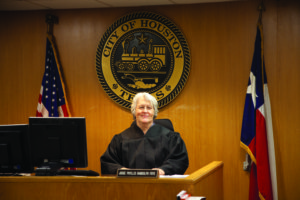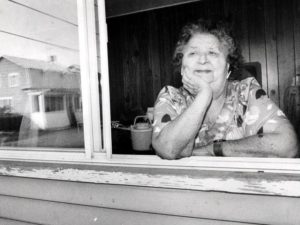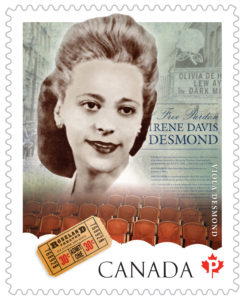 In 2010, Phyllis Frye became one of the first two openly transgender judges in the United States. She currently serves as an Associate Judge for the City of Houston Municipal Courts.
In 2010, Phyllis Frye became one of the first two openly transgender judges in the United States. She currently serves as an Associate Judge for the City of Houston Municipal Courts.
Phyllis was born around 1946, a time of very rigid gender roles. She didn’t understand why her body didn’t match her brain, why she wanted to be in the Girl Scouts instead of the Boy Scouts, why she wanted to wear dresses. And she thought she was the only person who had these types of feelings. As a teenager, she got caught trying on her mother’s dresses, but covered it up with lies.
In college, she married a woman and they had a son, and Phyllis later joined the Army. She continued to dress in women’s clothes in secret, until her wife caught her. She underwent numerous therapies that didn’t “cure” her, and Phyllis’s wife eventually divorced her. She got kicked out the Army and tried to commit suicide. Read more ›





